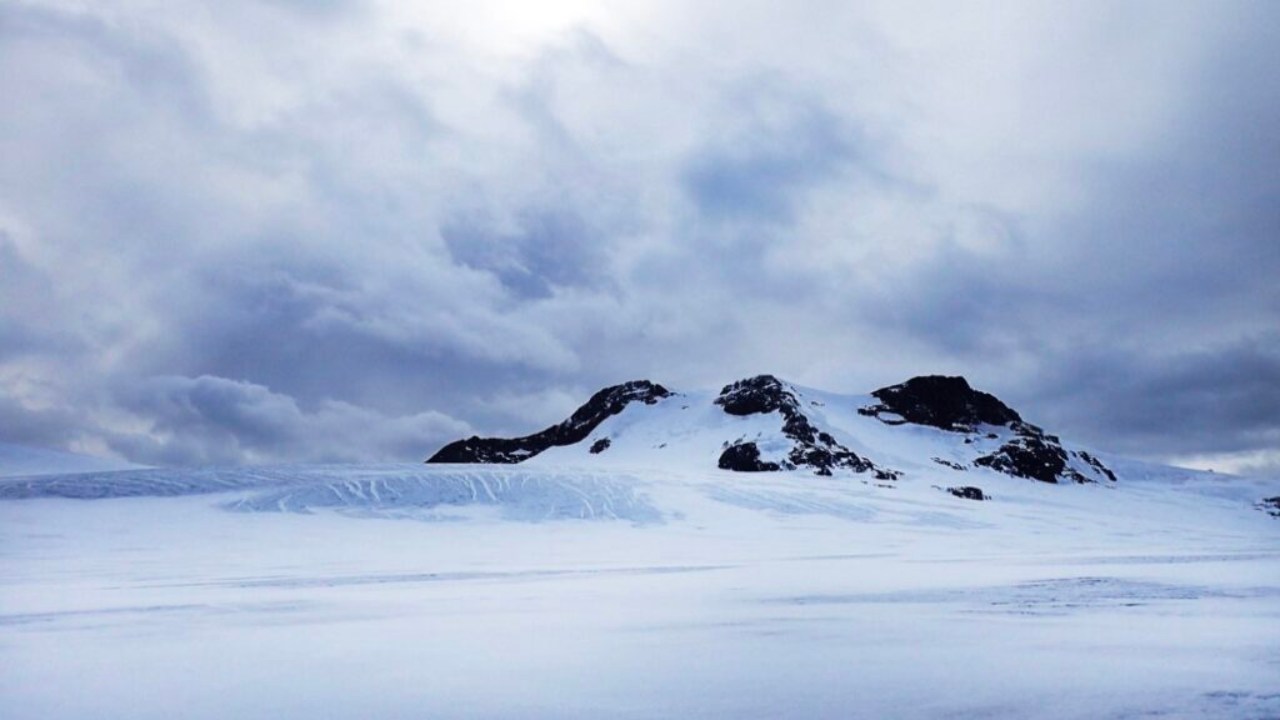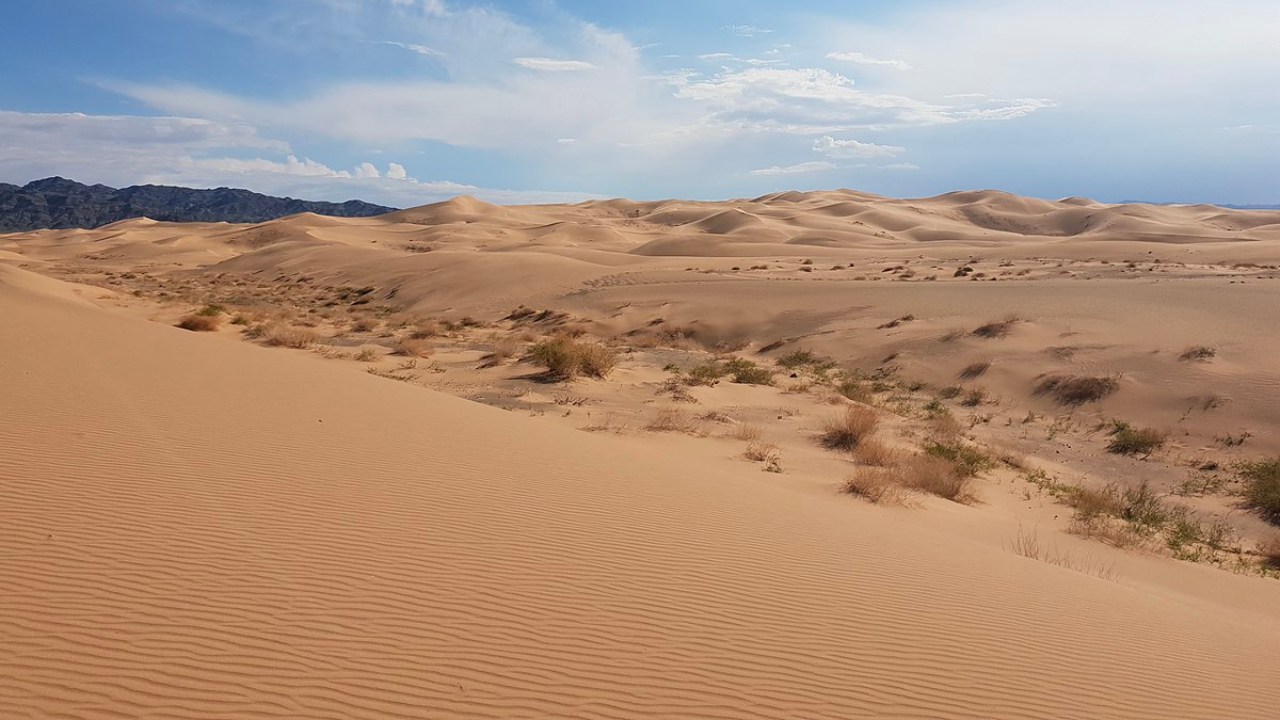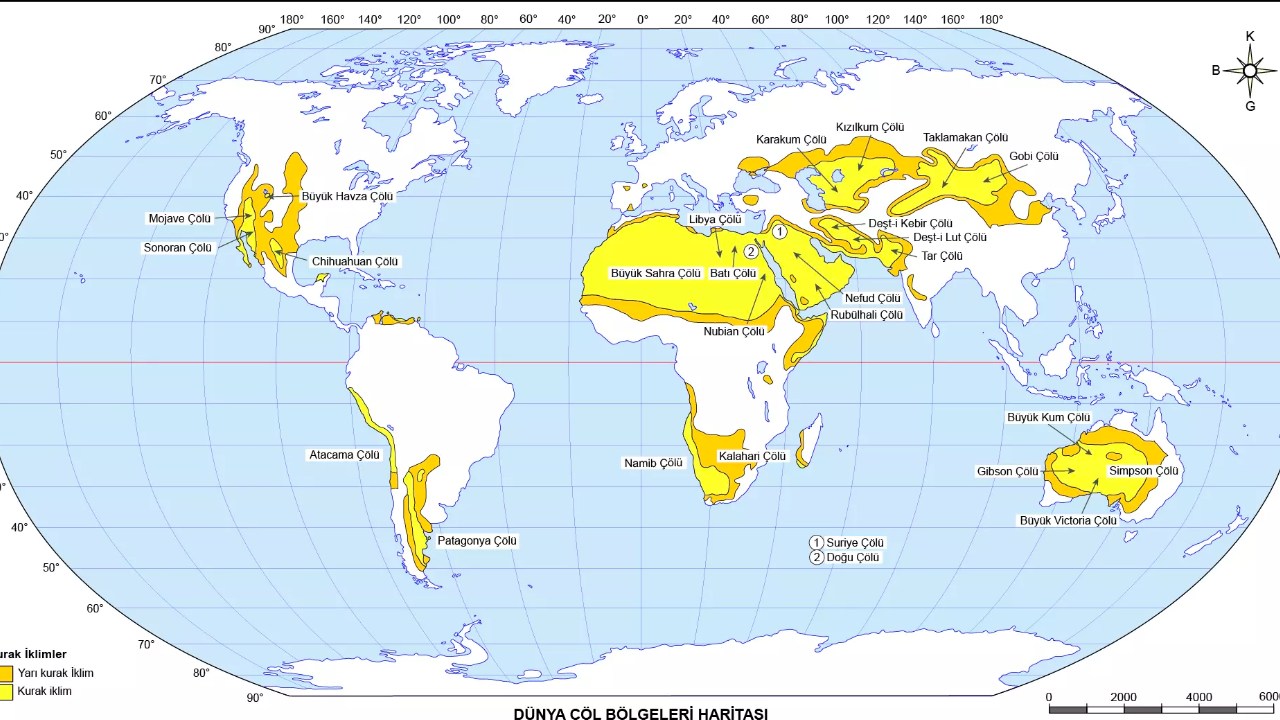Deserts, which receive less than 25 cm of rain per year and cover more than one-fifth of the Earth’s land area, are found on every continent and are known for being extremely hot. But have you ever wondered how these deserts are formed?
The temperature of the Sahara Desert in North Africa reaches up to 50°C, but these regions are not always affected by the heat. For example The Gobi Desert in Asia and the polar deserts of Antarctica and the Arctic are always cold.
So what do we need to learn about deserts? What else is there?
Deserts occur in three different ways.
The sun’s rays are reflected perpendicularly to the Equator, which means that solar energy is concentrated in that region. However, hot air coming from water and land masses rises, and this air It has the capacity to hold more moisture compared to cold air that does not have moisture.
Additionally, oceans are abundant around the Equator, and the air carries not only heat but also water vapor. As the hot and humid air in those regions rises, it begins to cool, thus Precipitation occurs due to condensation.

Antarctic Desert
The air, which subsequently releases most of its moisture to the Equator, moves around the Equator towards the Tropics of Cancer and Capricorn. When the air reaches these latitudes, It loses much of its moisture and becomes quite dry.
This dryness and lack of rain Combined with complex air circulation patterns, they cause deserts. This air circulation is also called Hadley cells.
In addition to Hadley cells, continentality is also the main cause of desert formation.

Gobi Desert
The concept of continentality, It refers to the distance of lands from the oceans and their climatic effects. In connection with this, when water evaporates from water bodies, it has a sinking effect on land. Areas close to bodies of water also receive most of this moisture.
Additionally, as the air moves inland, it loses much of its moisture. This causes air currents that travel long distances to lose moisture and dry out, thus Desert formations begin in the inner parts of the region. For example, the Gobi and Takla-Makan Deserts are desert regions formed due to continentality.
Another reason is coastal cooling.

In fact, deserts can also form as the air warms or cools. As we mentioned before, cold air carries less moisture than warm air. Air at 30°C carries 30.4 grams of water per cubic meter.
Again, assuming that the air maintains 100% relative humidity and when the air drops from 30°C to 10°C, the existing humidity turns into 9.4 grams of water per cubic meter. In this case too A decrease in humidity to 31% is sufficient for desert formation.
RELATED NEWS
This Desert is in Turkey, Not in Arabia: Where and How Did These Sand Dunes Resembling a Piece of the Sahara Form?
RELATED NEWS
What is the reason behind making camels swallow poisonous snakes?
RELATED NEWS
